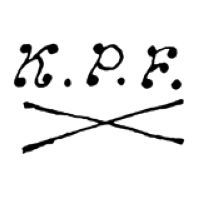
Image 011238-04/05-01
Used between 1863 and 1887, stands for Kister Porzellan-Fabrik.
In 1835 the former accountant Ludwig Oels moved from Blankenhain (Thuringia) to the town of Scheibe and founded a small business for decorating pipe bowls and stems that he purchased as 'blanks' from the town of Breitenbach. On May 30th of the same year he applied to the local sovereign Friedrich Günther von Schwarzburg-Rudolstadt for a licence for his business. As he did not get any response at all he simply started production and soon had a workforce of 18 people, but the prince's chamber which also run the forestry commission was not amused and simply refused to supply the business with urgently needed firewood so that Oels was forced to sell the business to Daniel Kämpfe and Friedmann Greiner in July 1839.
Kämpfe and Greiner had the same problems of not receiving firewood even after the license applied for by Oels was finally granted in 1840. The company had in the meantime employed another 30 workers but as the firewood problem could not be solved, the factory was sold to a Mr. Dressel (Eisfeld) and Johann Friedrich Andreas Kister (Großbreitenbach).
Dressel and Kister had more luck and finally got a concession for firewood supplies and started producing small items like pipe bowls, walking stick handles and dolls' heads. In 1847 the workforce had already increased to 148 people. Supplies were no problem as the kaolin and sand used came from the nearby Steinheid area. By 1857 the company was very well known as the first Thuringian factory which made figures on a larger scale, beginning with devotional items like madonnas and gravestone decorations and then figures in Rococo and Biedermeier styles. From 1860 onwards the product range was slowly enlarged with busts of famous poets and composers as well as animals and animal groups.
In 1863 the son of Johann Kister with the name of August Wilhelm Fridolin Kister became proprietor of the factory. To further improve the product range he employed a teacher of the arts school in Sonneberg, Professor Reinhard Möller as leader of the modelling department in 1877. From 1890 onwards, the factory started to make new groups like female dancers, dancing couples and centrepieces and during 1894 the factory also introduced figures in old Meissen styles, like lace figures as well as historical figures and groups.
In the year 1905 August Kister sold the factory to his son-in-law Mr. Offeney who turned the business into a private liability company and introduced the crossed-through 'S' mark. During an exhibition in Turin (Italy) in 1911, the company was awarded its 12th gold medal in addition to the two silver medals and six Grand Prix awards received earlier at national and international displays. This of course increased business and in 1913 the company already employed just over 300 workers, a number that remained constant until 1937. The year 1920 saw Kister sell the factory to Baron von Schilling who kept the name of A.W.F. Kister GmbH, which existed in that form until 1962.
Since the German Democratic Republic had been founded in 1949 the overall economic interests slowly shifted in the direction of integrating the well known porcelain manufacturers into the process of gaining urgently needed foreign currency. Control of the cashflow was the main problem but the state solved it by simply forcing larger factories into a mixed company form that allowed state participication. The factory in Scheibe-Alsbach was put under this form of state supervision in the year 1962 and the status remained until the factory was totally nationalized in 1972.
Completely under state control, the factory was reorganized and grouped under the VEB Zierporzellanwerke Lichte. Like many state-owned facilities in the German Democratic Republic, the factory had to go through years of mismanagement. Perhaps it would have been even worse if the company had not been so well-known but still the factory was in a desolate state when it was finally reprivatized in 1990.
After German reunification in 1990 the factory was taken over by the Königlich privilegierte Porzellanfabrik Tettau GmbH, a subsidiary of the Porzellanfabrik Christian Seltmann GmbH group. Seltmann however was not interested in keeping Scheibe-Alsbach operational as the investments required to modernize the factory would have been too great. The number of employees had already been drastically reduced during the privatization phase and the remaining crew had already been taken over by a transfer company, hence the factory was simply gutted.
Its item and mold archive as well as all still operational equipment was removed by the Tettau and Weiden factories; the brands and trademarks were included into the Seltmann group portfolio and kept active. Instead of having to pay up for the demolishing of the factory and the decontamination of the underlying soil, Seltmann sold the property to the Thuringian state which then had the largest part of the factory demolished, keeping a few buildings for later use.
Information provided by the Porzellanmanufaktur Scheibe-Alsbach GmbH clearly states that there are no known marks for the Oels, Kämpfe & Greiner and Dressel, Kister & Co. periods of the factory.

Image 011238-04/05-01
Used between 1863 and 1887, stands for Kister Porzellan-Fabrik.
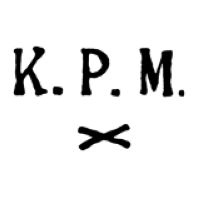
Image 011238-04/05-02
Used between 1887 and 1905, stands for Kister Porzellan-Manufaktur.
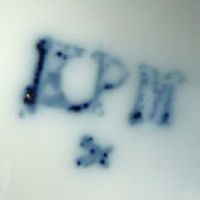
Image 011238-04/05-03
Used between 1887 and 1905, example in blue.
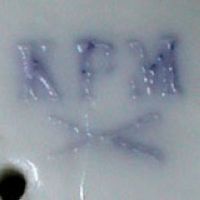
Image 011238-04/05-04
Used between 1887 and 1905, example in blue with slightly larger "x".
(Picture: Katie Cathern)
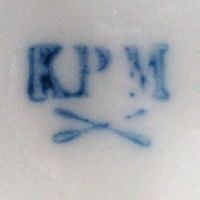
Image 011238-04/05-05
Used between 1887 and 1905, another example with slightly larger "x".
(Picture: Charles Kent)
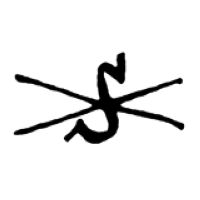
Image 011238-05/06-01
Used between 1905 and 1972, registered at the RWZR under №·332·619 on April 25th 1925.
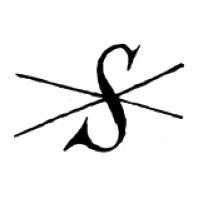
Image 011238-05/06-02
Used between 1905 and 1972.
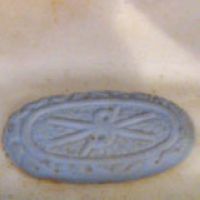
Image 011238-05/06-03
Used between 1925 and around 1945, blue porcelain addition used on art items.
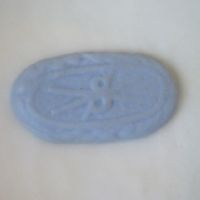
Image 011238-05/06-04
Used between 1925 and around 1945, blue porcelain addition used on art items.
(Picture: Kressa Peterson)
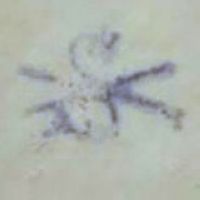
Image 011238-05/06-05
Used between 1925 and 1972.
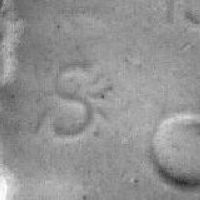
Image 011238-05/06-06
Impressed version, used between 1925 and 1972.
(Picture: Rachel, Pam & Bruce)
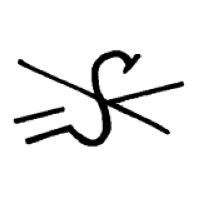
Image 011238-05/06-07
Used between 1925 and 1972.

Image 011238-05/06-08
Used between 1925 and 1972.
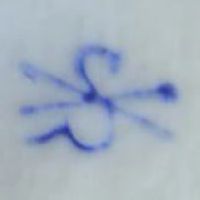
Image 011238-05/06-09
Used between 1925 and 1972.
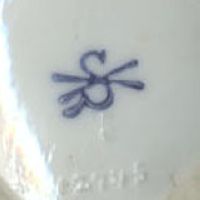
Image 011238-05/06-10
One of the later versions used around 1962.
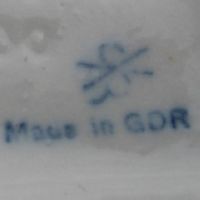
Image 011238-05/06-11
Used between 1962 and 1972.
(Picture: Ivan Golsky)
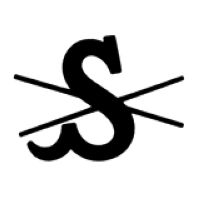
Image 011238-07-01
Used between 1972 and 1990.
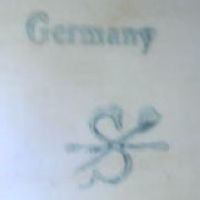
Image 011238-07-02
Used between 1972 and 1990.
(Picture: N.B. Peterson)
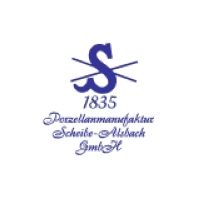
Image 011238-08-01
Company logo used 2008.
© 2004-2025 C.S.Marshall, all rights reserved